

| Cruise Region : Caribbean |
| Company : Oceania Cruises |
| Ship : ALLURA |
| Journey Start : Mon 09 Mar 2026 |
| Journey End : Sat 04 Apr 2026 |
| Count Nights : 26 nights |
| Day | Date | Port | Arrival | Departure |
|---|---|---|---|---|
| 1 | 9.03 Mon | Miami / USA | 07:00 | 17:00 |
| 2 | 10.03 Tue | Day at sea / Sea | ||
| 3 | 11.03 Wed | Day at sea / Sea | ||
| 4 | 12.03 Thu | Aruba (Oranjestad) / Aruba | 11:00 | 23:00 |
| 5 | 13.03 Fri | Curaçao / Curacao | 08:00 | |
| 6 | 14.03 Sat | Curaçao / Curacao | 11:00 | |
| 7 | 15.03 Sun | Saint-Georges / French Guiana | 13:00 | 21:00 |
| 8 | 16.03 Mon | Kingstown / Saint Vincent and the Grenadines | 07:00 | 17:00 |
| 9 | 17.03 Tue | Fort-de-France, Martinique (island) / Martinique | 07:00 | 16:00 |
| 10 | 18.03 Wed | Tortola / British Virgin Islands | 11:00 | 18:00 |
| 11 | 19.03 Thu | Day at sea / Sea | ||
| 12 | 20.03 Fri | Day at sea / Sea | ||
| 13 | 21.03 Sat | Miami / USA | 07:00 | 17:00 |
| 14 | 22.03 Sun | Day at sea / Sea | ||
| 15 | 23.03 Mon | Charleston, South Carolina / USA | 07:00 | 17:00 |
| 16 | 24.03 Tue | Day at sea / Sea | ||
| 17 | 25.03 Wed | Norfolk, Virginia / USA | 07:00 | |
| 18 | 26.03 Thu | Norfolk, Virginia / USA | 17:00 | |
| 19 | 27.03 Fri | Day at sea / Sea | ||
| 20 | 28.03 Sat | Royal Naval Dockyard | 12:00 | |
| 21 | 29.03 Sun | Royal Naval Dockyard | 17:00 | |
| 22 | 30.03 Mon | Day at sea / Sea | ||
| 23 | 31.03 Tue | Day at sea / Sea | ||
| 24 | 1.04 Wed | Freeport / Bahamas | 07:00 | 17:00 |
| 25 | 2.04 Thu | Nassau / Bahamas | 07:00 | 17:00 |
| 26 | 3.04 Fri | Great Stirrup Cay / Bahamas | 07:00 | 17:00 |
| 27 | 4.04 Sat | Miami / USA | 07:00 | 17:00 |
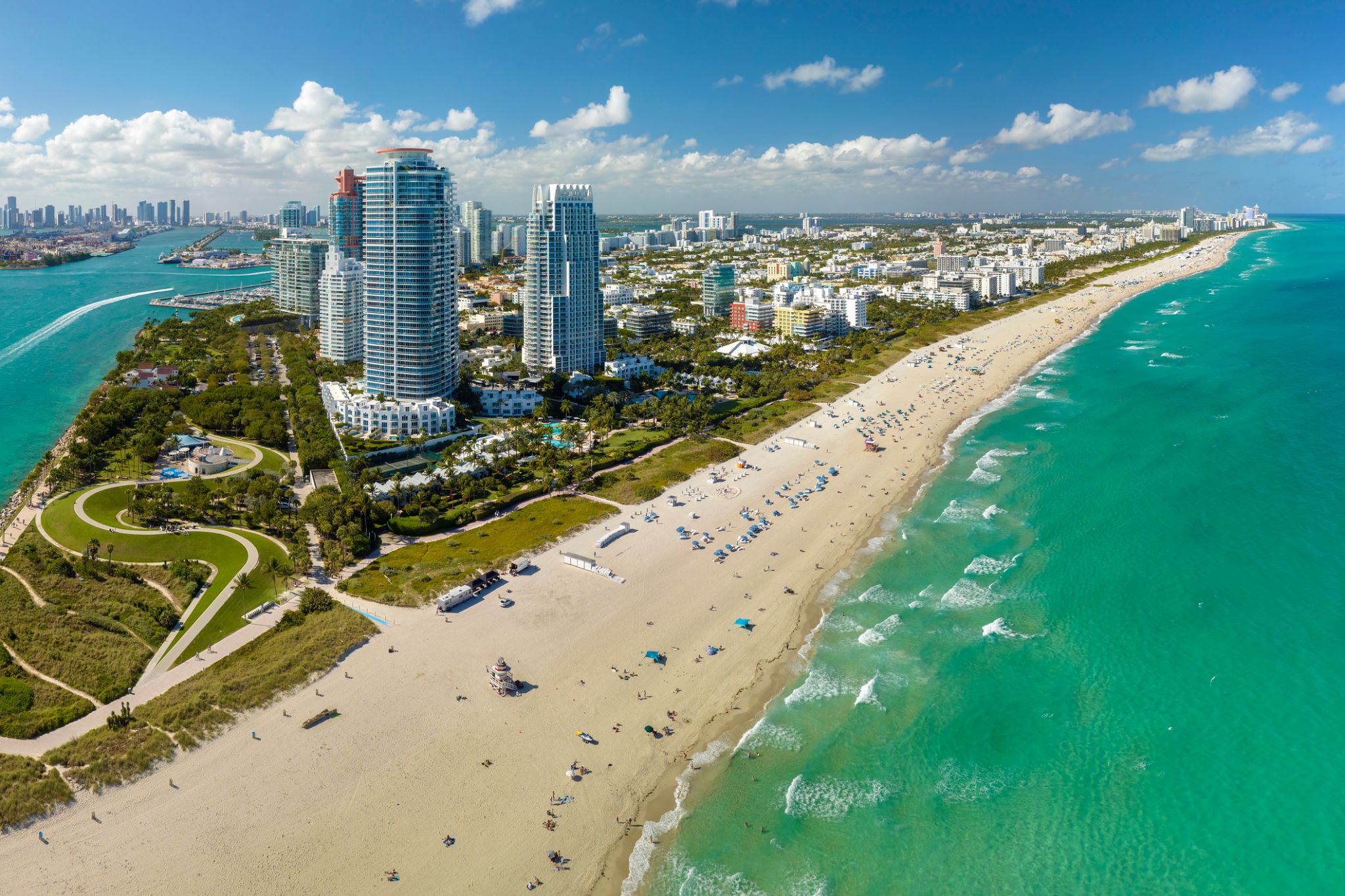
Miami, officially the City of Miami, is the cultural, economic and financial center of South Florida. Miami is the seat of Miami-Dade County, the most populous county in Florida. The city covers an area of about 56.6 square miles (147 km2), between the Everglades to the west and Biscayne Bay on the east; with a 2017 estimated population of 463,347, Miami is the sixth most densely populated major city in the United States. The Miami metropolitan area is home to 6.1 million people and the seventh-largest metropolitan area in the nation. Miami's metro area is the second-most populous metropolis in the southeastern United States and fourth-largest urban area in the U.S.
Miami is a major center, and a leader in finance, commerce, culture, media, entertainment, the arts, and international trade. The Miami Metropolitan Area is by far the largest urban economy in Florida and the 12th largest in the United States with a GDP of $344.9 billion as of 2017. In 2012, Miami was classified as an "Alpha−" level world city in the World Cities Study Group's inventory. In 2010, Miami ranked seventh in the United States and 33rd among global cities in terms of business activity, human capital, information exchange, cultural experience, and political engagement. In 2008, Forbes magazine ranked Miami "America's Cleanest City", for its year-round good air quality, vast green spaces, clean drinking water, clean streets, and citywide recycling programs. According to a 2009 UBS study of 73 world cities, Miami was ranked as the richest city in the United States, and the world's seventh-richest city in terms of purchasing power. Miami is nicknamed the "Capital of Latin America" and is the largest city with a Cuban-American plurality.
Greater Downtown Miami has one of the largest concentrations of international banks in the United States, and is home to many large national and international companies. The Civic Center is a major center for hospitals, research institutes, medical centers, and biotechnology industries. For more than two decades, the Port of Miami, known as the "Cruise Capital of the World", has been the number one cruise passenger port in the world. It accommodates some of the world's largest cruise ships and operations, and is the busiest port in both passenger traffic and cruise lines. Metropolitan Miami is also a major tourism hub in the southeastern U.S. for international visitors, ranking number two in the country after New York City.



Aruba is an island and a constituent country of the Kingdom of the Netherlands in the southern Caribbean Sea, located about 1,600 kilometres (990 mi) west of the main part of the Lesser Antilles and 29 kilometres (18 mi) north of the coast of Venezuela. It measures 32 kilometres (20 mi) long from its northwestern to its southeastern end and 10 kilometres (6 mi) across at its widest point. Together with Bonaire and Curaçao, Aruba forms a group referred to as the ABC islands. Collectively, Aruba and the other Dutch islands in the Caribbean are often called the Dutch Caribbean.
Aruba is one of the four countries that form the Kingdom of the Netherlands, along with the Netherlands, Curaçao, and Sint Maarten; the citizens of these countries are all Dutch nationals. Aruba has no administrative subdivisions, but, for census purposes, is divided into eight regions. Its capital is Oranjestad.
Unlike much of the Caribbean region, Aruba has a dry climate and an arid, cactus-strewn landscape. This climate has helped tourism as visitors to the island can reliably expect warm, sunny weather. It has a land area of 179 km2(69.1 sq mi) and is densely populated, with a total of 102,484 inhabitants at the 2010 Census. It lies outside Hurricane Alley.
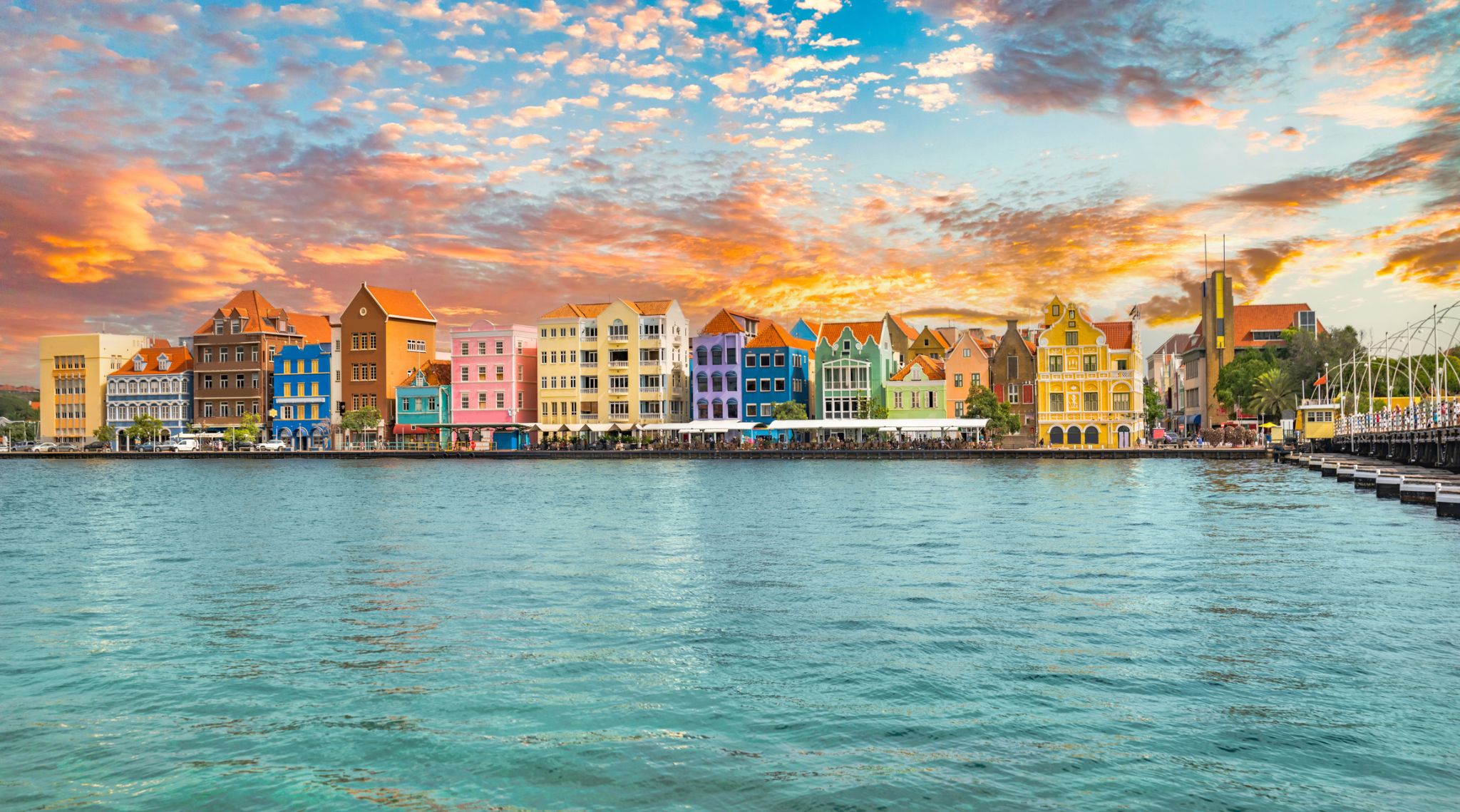
Curaçao is a Lesser Antilles island in the southern Caribbean Sea and the Dutch Caribbean region, about 65 km (40 mi) north of the Venezuelan coast. It is a constituent country (Dutch: land) of the Kingdom of the Netherlands.

Curaçao is a Lesser Antilles island in the southern Caribbean Sea and the Dutch Caribbean region, about 65 km (40 mi) north of the Venezuelan coast. It is a constituent country (Dutch: land) of the Kingdom of the Netherlands.

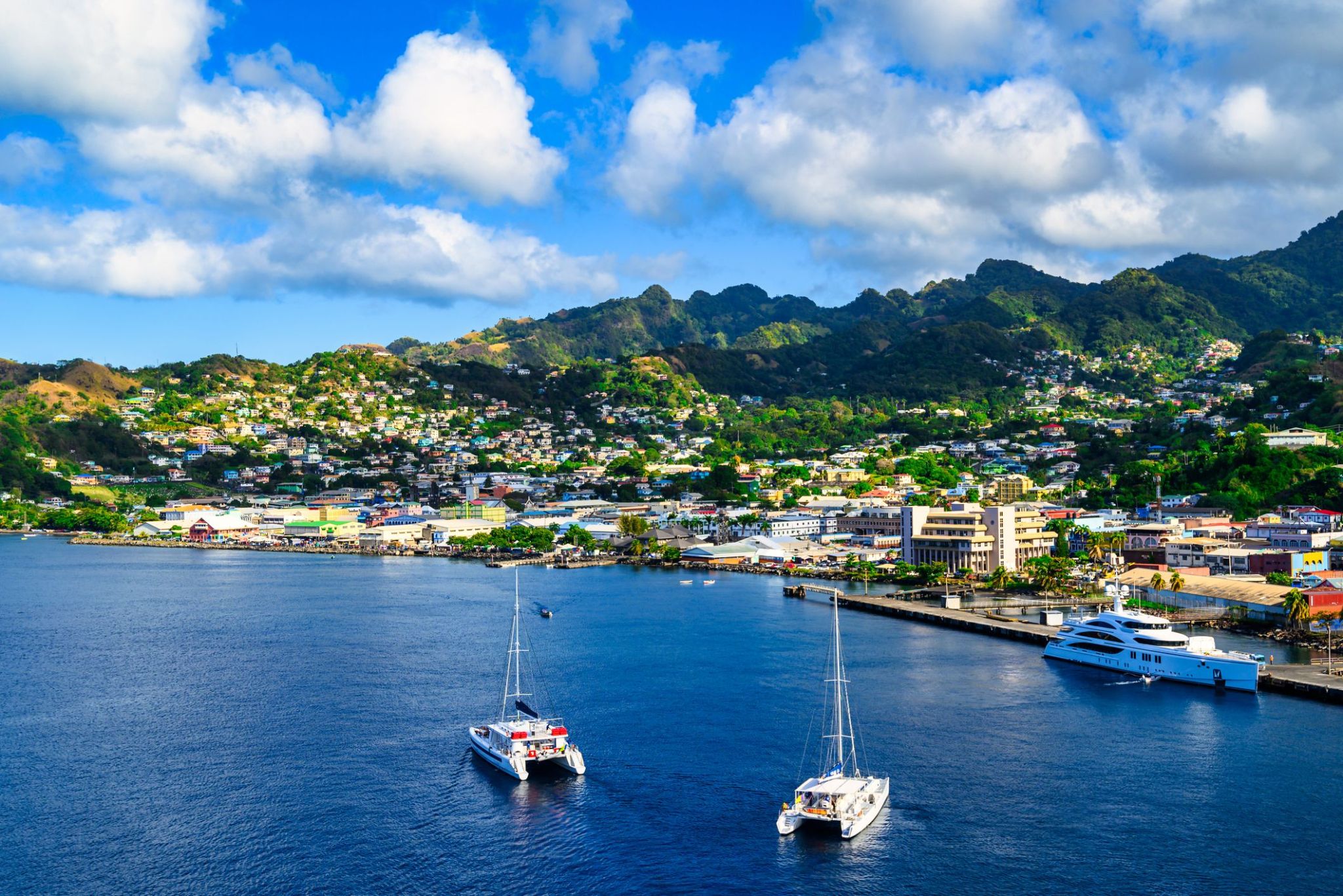
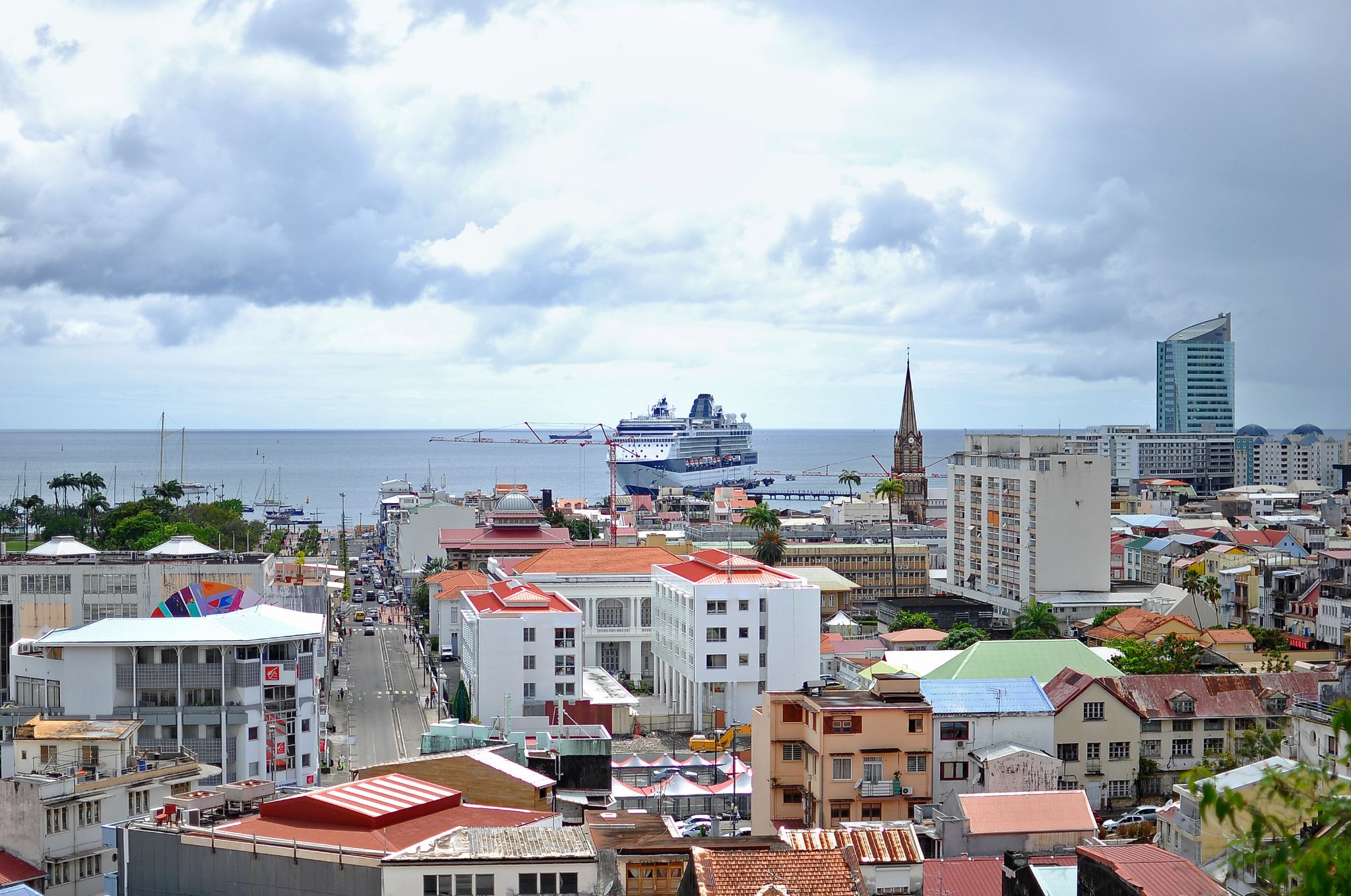
Fort-de-France – The Heart of Martinique
Fort-de-France is the capital of the island of Martinique, located in the southwest of the island. This picturesque port city blends French elegance with Caribbean exoticism. Strolling through its streets, visitors can enjoy the old architecture, the atmosphere of local markets, and stunning views of the bay. The main architectural landmark is the Fort-de-France Citadel, from which a panoramic view of the city and island can be admired.
For visitors, Fort-de-France offers a rich cultural experience: visiting museums, including the Martinique Museum, exploring local cuisine and traditions. The island's nature is captivating: white beaches, palm trees, tropical forests, and volcanic mountains — all of which make Fort-de-France an ideal destination for relaxation and discovering the unique Caribbean culture.
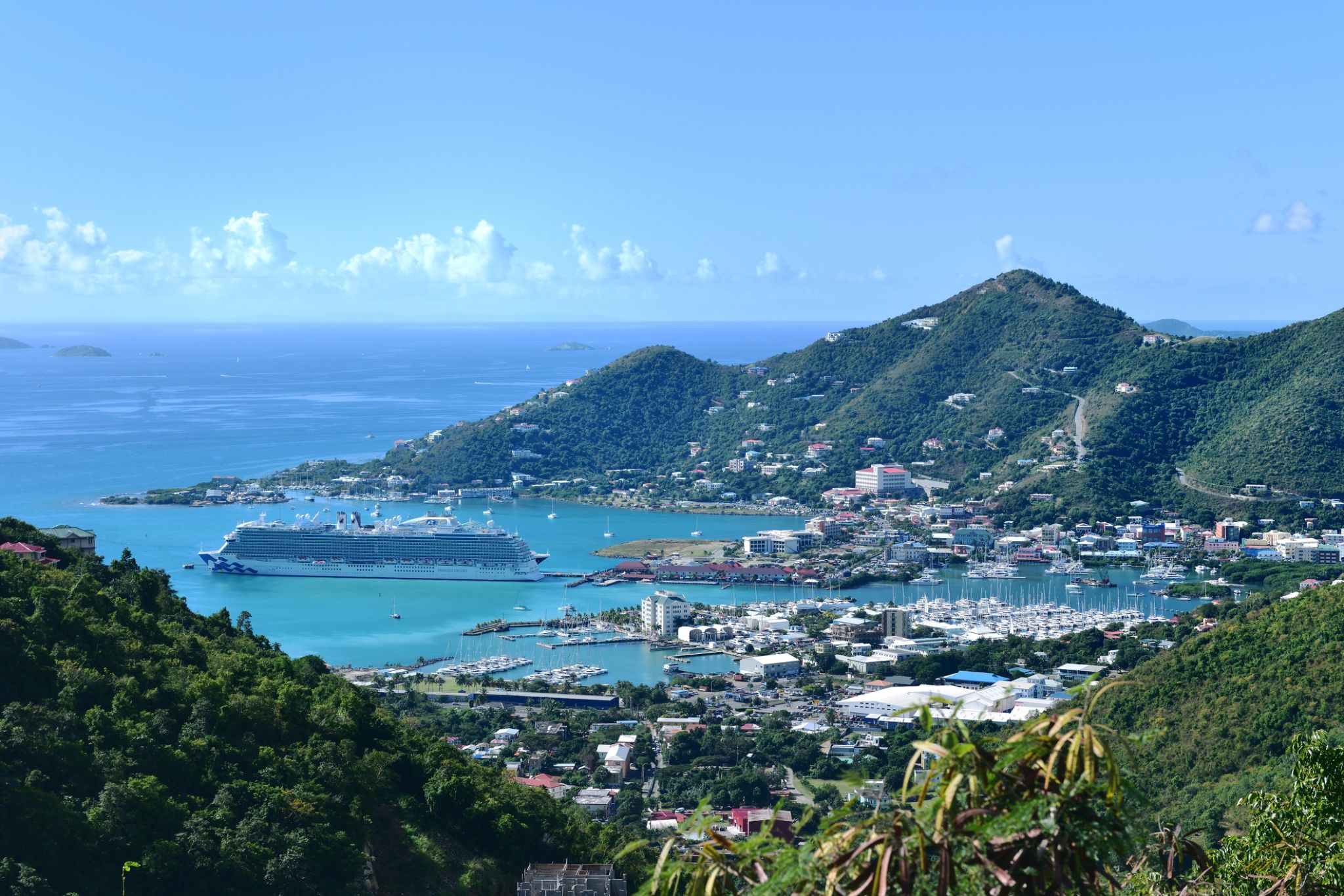



Miami, officially the City of Miami, is the cultural, economic and financial center of South Florida. Miami is the seat of Miami-Dade County, the most populous county in Florida. The city covers an area of about 56.6 square miles (147 km2), between the Everglades to the west and Biscayne Bay on the east; with a 2017 estimated population of 463,347, Miami is the sixth most densely populated major city in the United States. The Miami metropolitan area is home to 6.1 million people and the seventh-largest metropolitan area in the nation. Miami's metro area is the second-most populous metropolis in the southeastern United States and fourth-largest urban area in the U.S.
Miami is a major center, and a leader in finance, commerce, culture, media, entertainment, the arts, and international trade. The Miami Metropolitan Area is by far the largest urban economy in Florida and the 12th largest in the United States with a GDP of $344.9 billion as of 2017. In 2012, Miami was classified as an "Alpha−" level world city in the World Cities Study Group's inventory. In 2010, Miami ranked seventh in the United States and 33rd among global cities in terms of business activity, human capital, information exchange, cultural experience, and political engagement. In 2008, Forbes magazine ranked Miami "America's Cleanest City", for its year-round good air quality, vast green spaces, clean drinking water, clean streets, and citywide recycling programs. According to a 2009 UBS study of 73 world cities, Miami was ranked as the richest city in the United States, and the world's seventh-richest city in terms of purchasing power. Miami is nicknamed the "Capital of Latin America" and is the largest city with a Cuban-American plurality.
Greater Downtown Miami has one of the largest concentrations of international banks in the United States, and is home to many large national and international companies. The Civic Center is a major center for hospitals, research institutes, medical centers, and biotechnology industries. For more than two decades, the Port of Miami, known as the "Cruise Capital of the World", has been the number one cruise passenger port in the world. It accommodates some of the world's largest cruise ships and operations, and is the busiest port in both passenger traffic and cruise lines. Metropolitan Miami is also a major tourism hub in the southeastern U.S. for international visitors, ranking number two in the country after New York City.

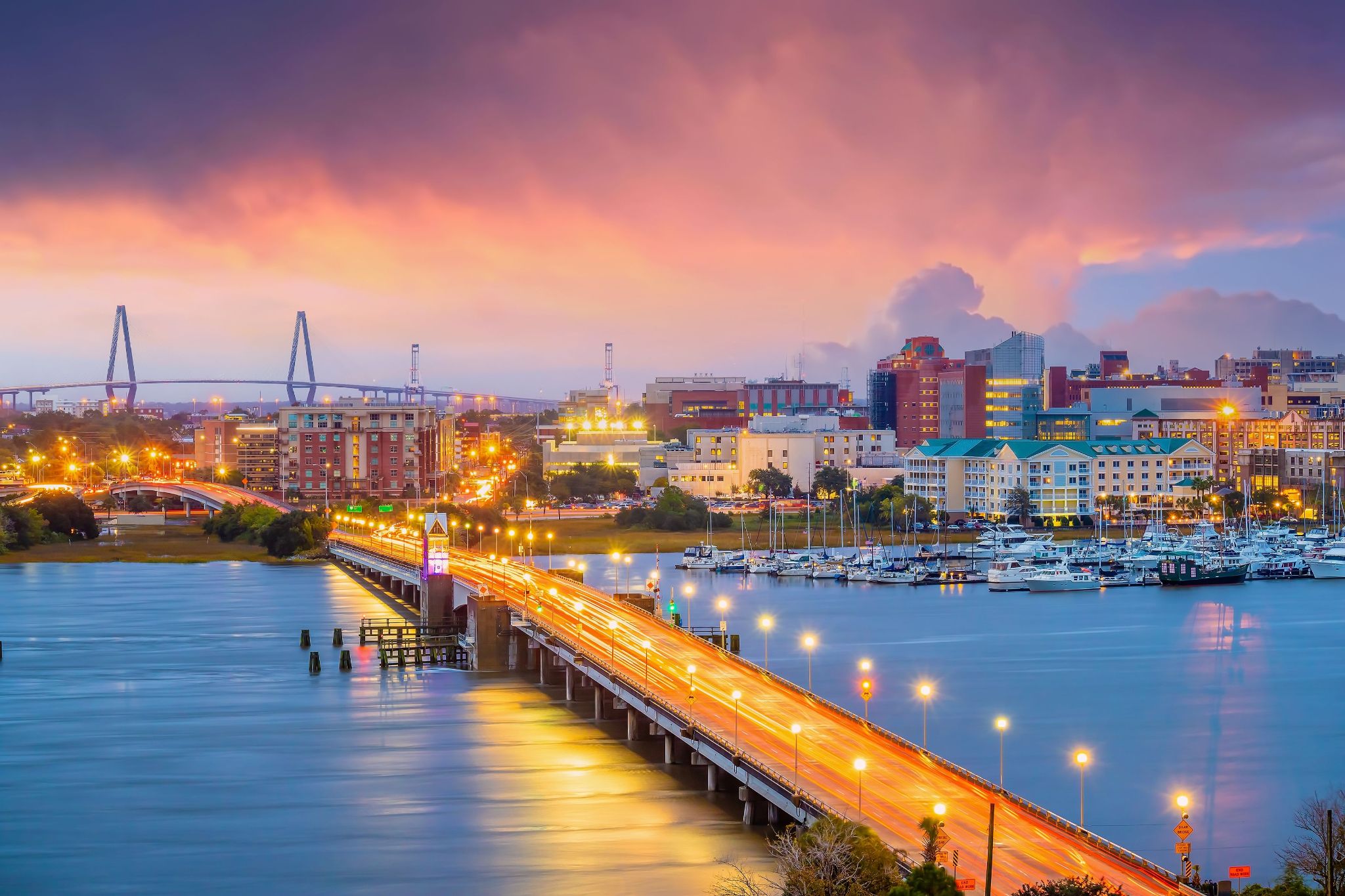
The cozy streets and colorful facades make Charleston in South Carolina one of the most charming cities in the American South. History is felt in every cobblestone, from historic mansions with wrought-iron balconies to some of the oldest public gardens in the USA. The city is famous for its Rainbow Row, a series of brightly painted 18th-century houses, and its vibrant markets where you can taste shrimp and other fresh seafood caught off the Atlantic coast.
A journey to Charleston is an opportunity to feel Southern hospitality and discover the city's rich cultural heritage through museums, art galleries, and historical tours. A walk along the Battery promenade with views of the harbor and visits to the plantations around the city will provide unique memories. It is a perfect place for a slow coffee, a stroll under the palm trees, and experiencing the culinary traditions that make Charleston a special destination for travelers.




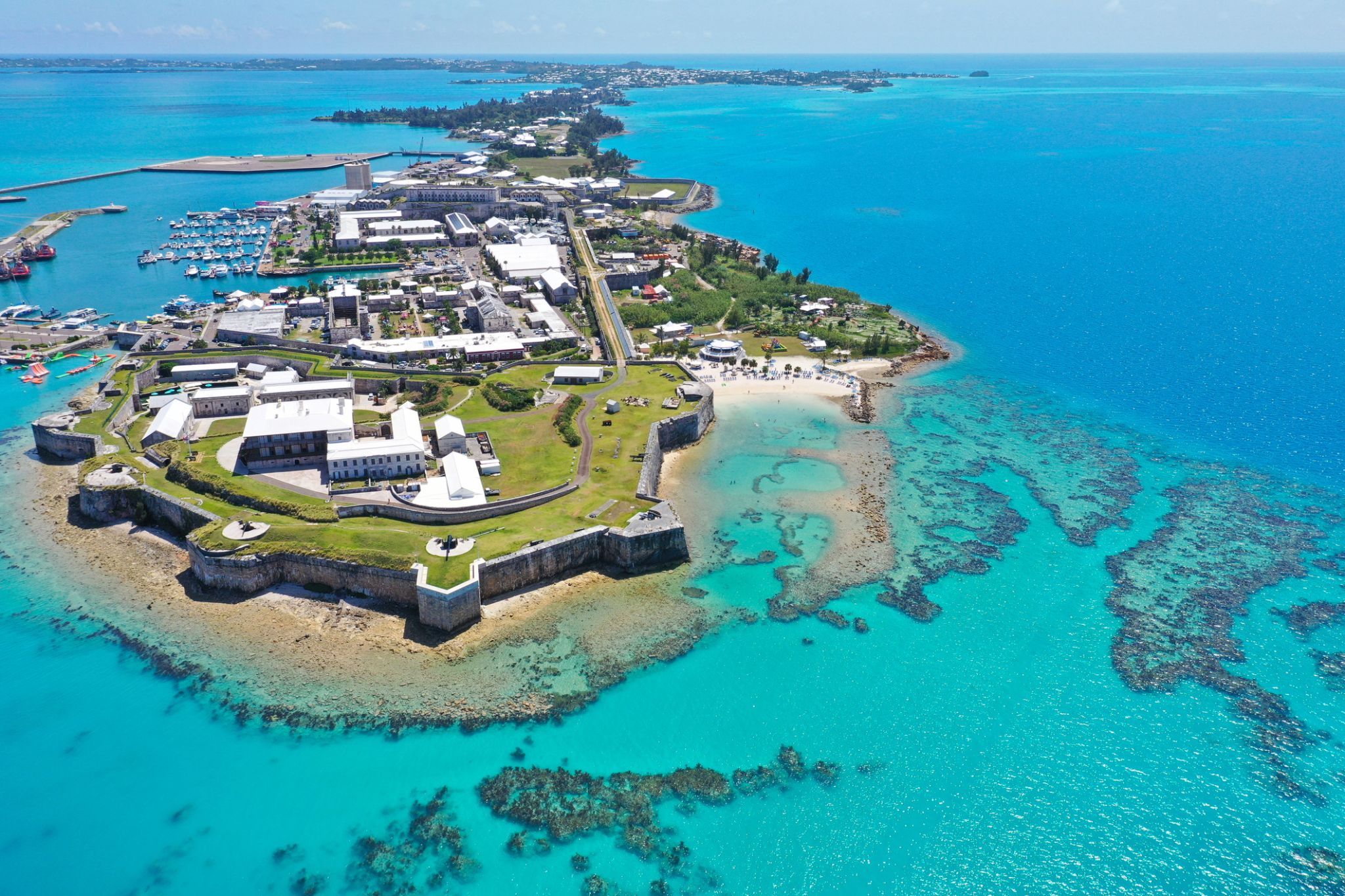




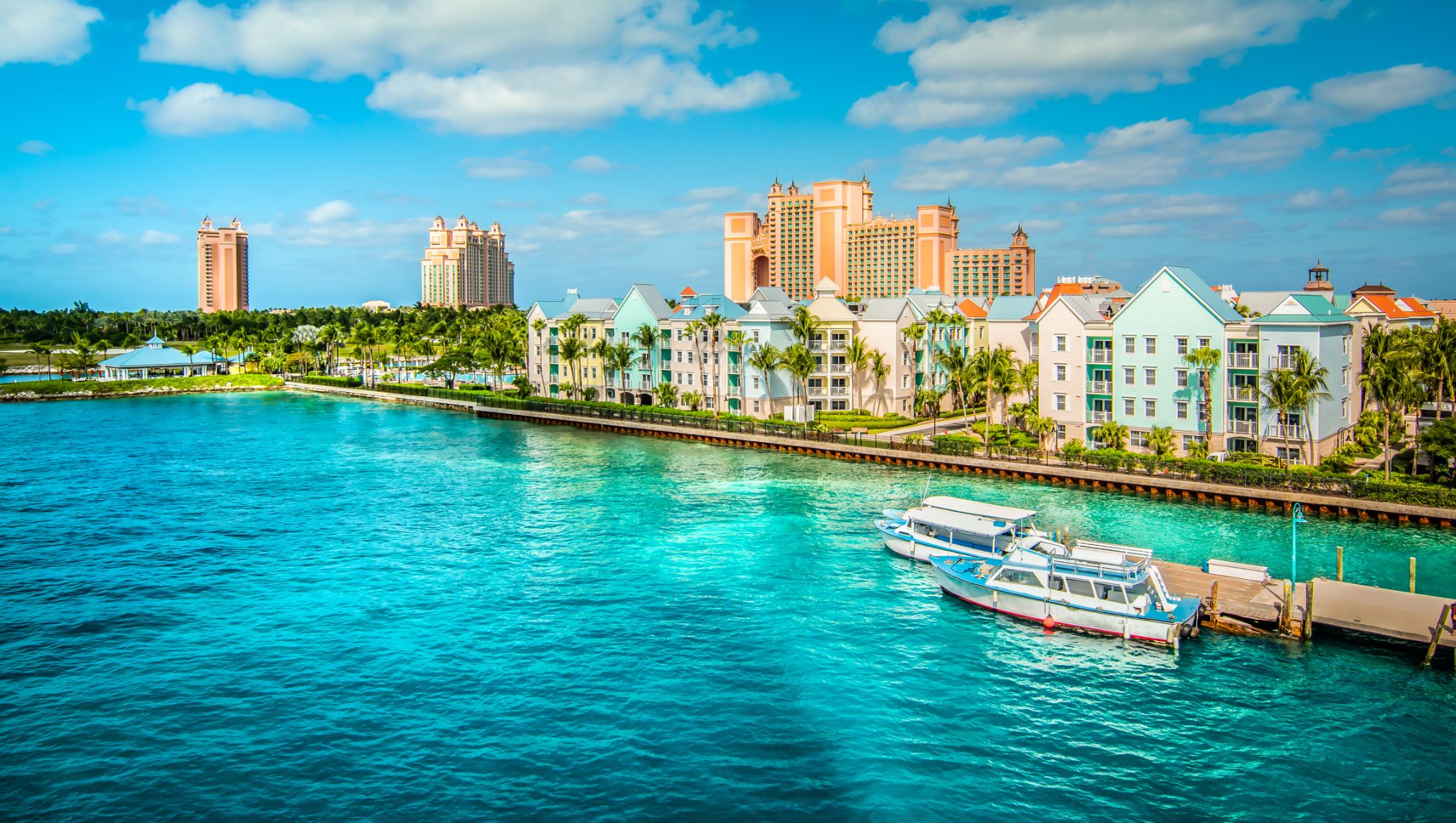
a port on the island of New Providence, capital of the Bahamas; population 240,000 (est. 2007).
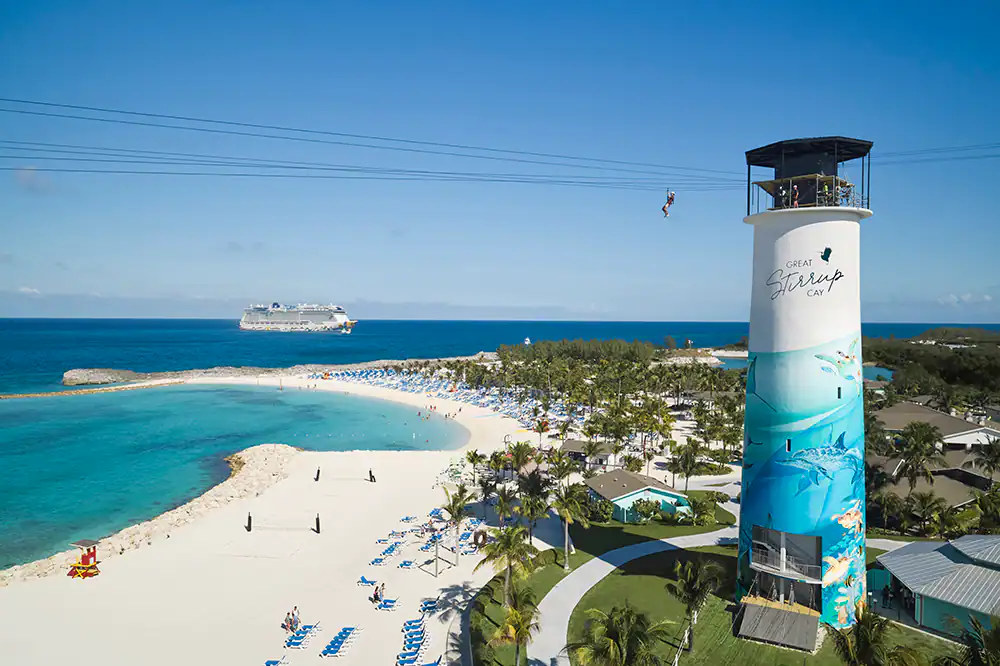

Miami, officially the City of Miami, is the cultural, economic and financial center of South Florida. Miami is the seat of Miami-Dade County, the most populous county in Florida. The city covers an area of about 56.6 square miles (147 km2), between the Everglades to the west and Biscayne Bay on the east; with a 2017 estimated population of 463,347, Miami is the sixth most densely populated major city in the United States. The Miami metropolitan area is home to 6.1 million people and the seventh-largest metropolitan area in the nation. Miami's metro area is the second-most populous metropolis in the southeastern United States and fourth-largest urban area in the U.S.
Miami is a major center, and a leader in finance, commerce, culture, media, entertainment, the arts, and international trade. The Miami Metropolitan Area is by far the largest urban economy in Florida and the 12th largest in the United States with a GDP of $344.9 billion as of 2017. In 2012, Miami was classified as an "Alpha−" level world city in the World Cities Study Group's inventory. In 2010, Miami ranked seventh in the United States and 33rd among global cities in terms of business activity, human capital, information exchange, cultural experience, and political engagement. In 2008, Forbes magazine ranked Miami "America's Cleanest City", for its year-round good air quality, vast green spaces, clean drinking water, clean streets, and citywide recycling programs. According to a 2009 UBS study of 73 world cities, Miami was ranked as the richest city in the United States, and the world's seventh-richest city in terms of purchasing power. Miami is nicknamed the "Capital of Latin America" and is the largest city with a Cuban-American plurality.
Greater Downtown Miami has one of the largest concentrations of international banks in the United States, and is home to many large national and international companies. The Civic Center is a major center for hospitals, research institutes, medical centers, and biotechnology industries. For more than two decades, the Port of Miami, known as the "Cruise Capital of the World", has been the number one cruise passenger port in the world. It accommodates some of the world's largest cruise ships and operations, and is the busiest port in both passenger traffic and cruise lines. Metropolitan Miami is also a major tourism hub in the southeastern U.S. for international visitors, ranking number two in the country after New York City.